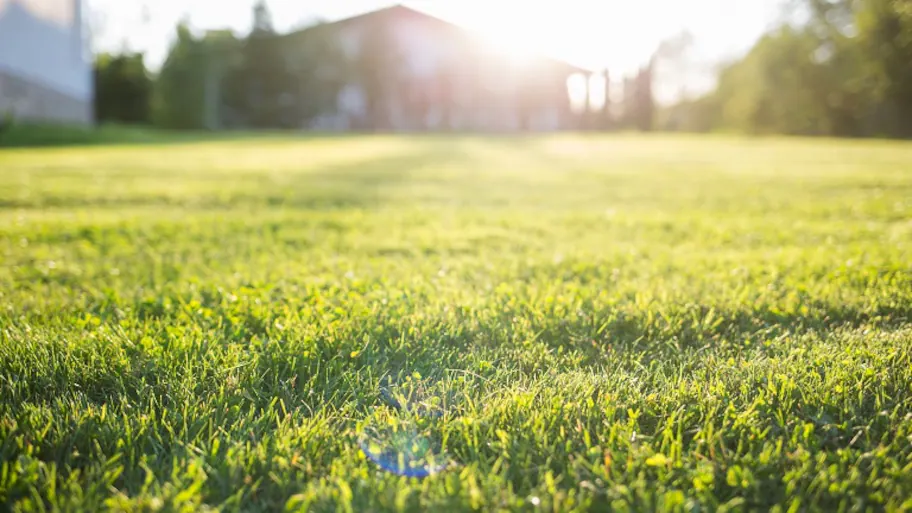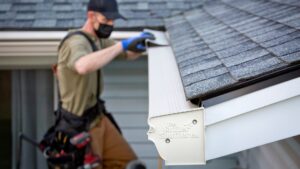Maintaining a luscious green lawn during the scorching heat of summer can be a challenge, but with the right tips and tricks, your grass can thrive and stay healthy throughout the season. Here’s everything you need to know about keeping your lawn looking its best, even when the temperatures rise.
Understanding Your Grass
Before diving into maintenance tips, it’s important to understand the type of grass you have. Different grass species have varying needs and resilience to heat. Common warm-season grasses like Bermuda grass, Zoysia grass, and St. Augustine grass thrive in hot climates, while cool-season grasses such as Kentucky bluegrass and fescues may struggle in high temperatures. Identify your grass type to tailor your maintenance efforts accordingly.
1. Proper Watering Techniques
Water is crucial for maintaining green grass, especially during the summer months when evaporation rates are high. Follow these watering tips to keep your lawn hydrated and healthy:
- Deep Watering: Water your lawn deeply and infrequently to encourage deep root growth. Shallow watering can lead to shallow roots, making the grass more susceptible to heat stress.
- Early Morning Watering: Water your lawn early in the morning to minimize water loss due to evaporation. Avoid watering during the hottest parts of the day to prevent scalding the grass.
- Use a Sprinkler System: Invest in a sprinkler system or hose with a sprinkler attachment to ensure even water distribution across the lawn. Move the sprinkler around periodically to cover all areas.
- Monitor Soil Moisture: Check the soil moisture regularly to gauge how much water your lawn needs. Stick a screwdriver into the ground; if it goes in easily, your lawn is adequately hydrated.
2. Mowing Practices
Proper mowing is essential for maintaining healthy grass during the summer. Follow these mowing practices to promote growth and resilience:
- Set the Mower Height: Adjust your mower height based on the recommended cutting height for your grass type. Taller grass shades the soil, reduces water evaporation, and promotes deeper root growth.
- Regular Mowing Schedule: Mow your lawn regularly, but avoid cutting more than one-third of the grass blade length at a time. Cutting too short weakens the grass and exposes the soil to heat and sunlight.
- Sharp Blades: Keep your mower blades sharp to ensure clean cuts. Dull blades can tear the grass, leading to browning and susceptibility to diseases.
3. Fertilization
Fertilizing your lawn provides essential nutrients that support healthy growth and resilience to heat stress. Use these tips for effective fertilization:
- Choose the Right Fertilizer: Select a balanced fertilizer with a nitrogen-phosphorus-potassium (N-P-K) ratio suited to your grass type and local soil conditions. Slow-release fertilizers are ideal for consistent nutrient availability.
- Timing: Apply fertilizer in early summer, following the instructions on the product label. Avoid fertilizing during periods of drought or excessive heat, as this can stress the grass.
- Even Application: Use a spreader to evenly distribute fertilizer across your lawn. Avoid overlapping or under-applying fertilizer to prevent uneven growth and nutrient deficiencies.
4. Weed Control
Weeds compete with grass for water, nutrients, and sunlight, making it essential to control them effectively:
- Hand Removal: Pull out weeds by hand or use a weeding tool to remove them along with their roots. This method is effective for isolated weed patches.
- Natural Herbicides: Use natural or organic herbicides to target weeds without harming your grass. These products are safer for pets, children, and the environment compared to chemical herbicides.
- Maintain a Healthy Lawn: A dense and healthy lawn naturally suppresses weed growth. Encourage grass growth through proper watering, mowing, and fertilization practices to minimize weed infestations.
5. Aerating and Dethatching
Aerating and dethatching your lawn improve soil aeration, water penetration, and nutrient absorption:
- Aeration: Use a core aerator to remove small plugs of soil from your lawn. This process reduces soil compaction, improves root growth, and enhances water and nutrient uptake.
- Dethatching: Dethatch your lawn to remove dead grass, roots, and debris that accumulate between the soil and grass blades. Excessive thatch can prevent water and nutrients from reaching the roots.
6. Pest and Disease Management
Keep an eye out for pests and diseases that can damage your lawn during the summer:
- Integrated Pest Management (IPM): Implement IPM strategies to monitor, prevent, and control pests and diseases. Use natural predators, resistant grass varieties, and cultural practices to minimize pest damage.
- Early Detection: Regularly inspect your lawn for signs of pests, such as chewed grass blades or tunnels in the soil. Treat infestations promptly to prevent them from spreading.
7. Shade and Heat Protection
Provide shade and protection from extreme heat to help your grass thrive:
- Plant Trees and Shrubs: Strategically plant trees and shrubs around your lawn to provide natural shade during the hottest parts of the day.
- Use Shade Structures: Install umbrellas, pergolas, or shade sails to create shaded areas where grass may be exposed to direct sunlight for extended periods.
8. Soil Health and Amendments
Maintaining soil health is crucial for supporting lush, green grass:
- Soil Testing: Conduct soil tests periodically to assess nutrient levels and pH. Adjust soil pH as needed to create optimal growing conditions for your grass.
- Organic Matter: Incorporate organic matter, such as compost or grass clippings, into the soil to improve structure, water retention, and nutrient availability.
Conclusion
Achieving and maintaining a perfect green lawn during the summer requires dedication, proper care, and understanding of your grass type. By following these natural maintenance tips and tricks, you can ensure that your lawn remains healthy, vibrant, and resilient to the challenges of summer heat. Embrace these practices, enjoy your outdoor oasis, and bask in the satisfaction of a lush green lawn that enhances your home’s curb appeal all season long.









